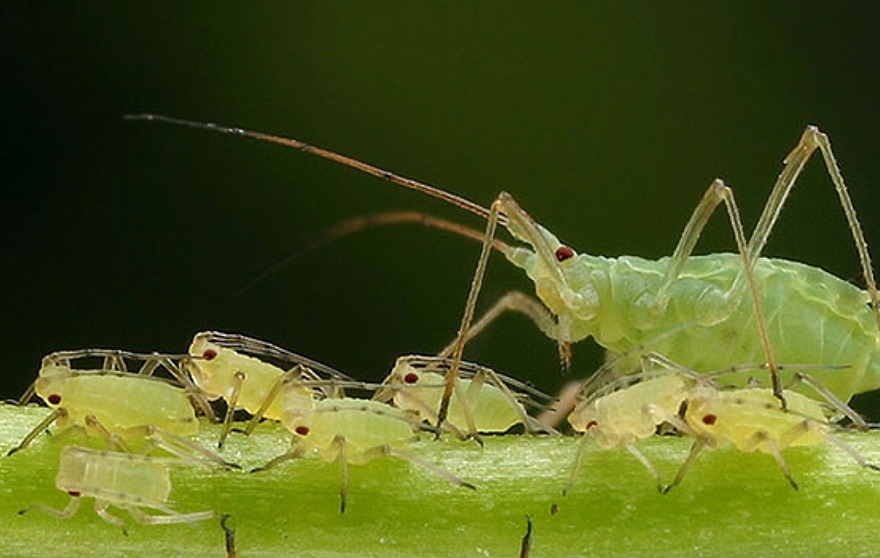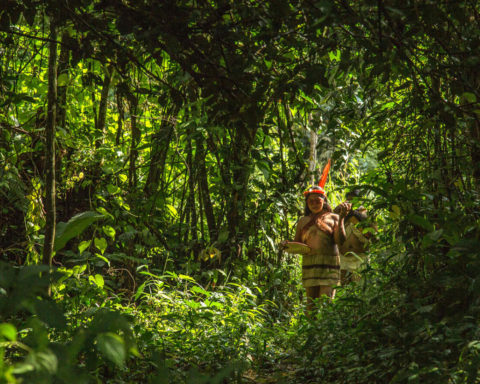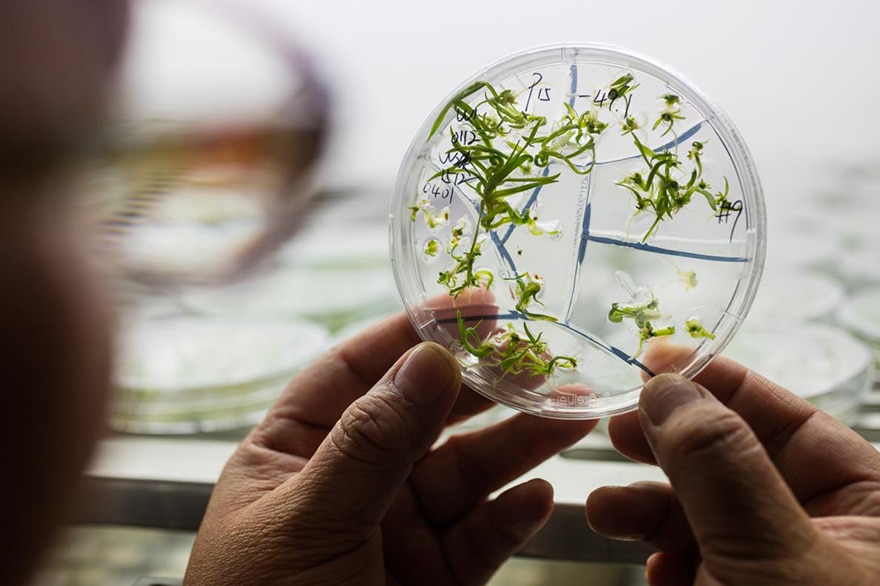Pucerons, cicadelles et aleurodes enrôlés par l’US Army
Arme biologique
LIRE DANS UP : CRISPR-Cas9 pourrait-il devenir une arme de destruction massive ?
Variole synthétique

Quelque chose à ajouter ? Dites-le en commentaire.
L’inscription à UP’ est totalement gratuite
L’inscription est sans aucun engagement de votre part11
L’inscription à UP’ est totalement gratuite
L’inscription est sans aucun engagement de votre part11
L’inscription à UP’ est totalement gratuite
L’inscription est sans aucun engagement de votre part11
rejoignez gratuitement le cercle des lecteurs de UP’
LIRE DANS UP : CRISPR-Cas9 pourrait-il devenir une arme de destruction massive ?

Quelque chose à ajouter ? Dites-le en commentaire.



Déjà inscrit ? Je me connecte
Inscrivez-vous et lisez trois articles gratuitement. Recevez aussi notre newsletter pour être informé des dernières infos publiées.
→ Inscrivez-vous gratuitement pour poursuivre votre lecture.

Vous avez bénéficié de 3 articles gratuits pour découvrir UP’.





